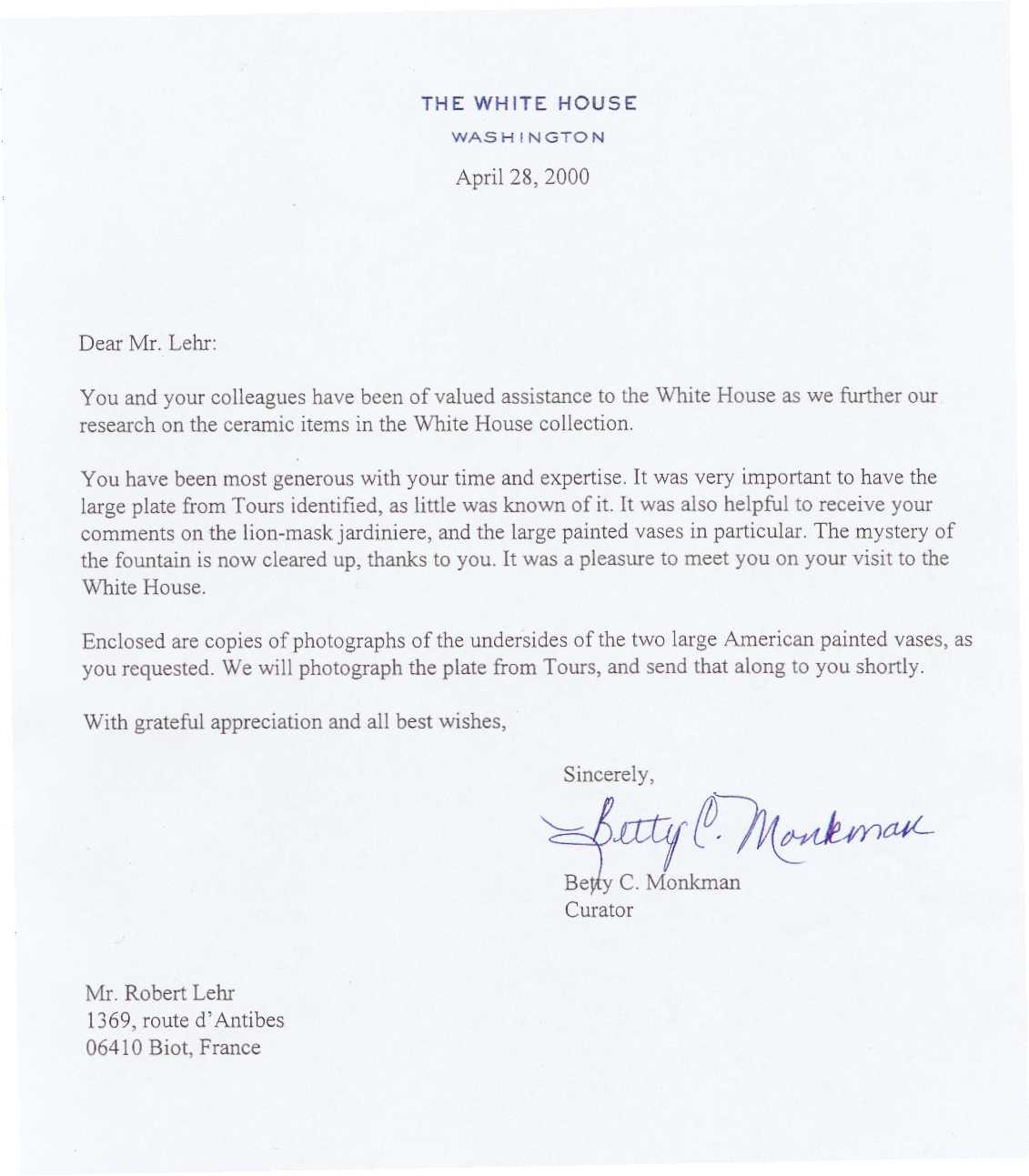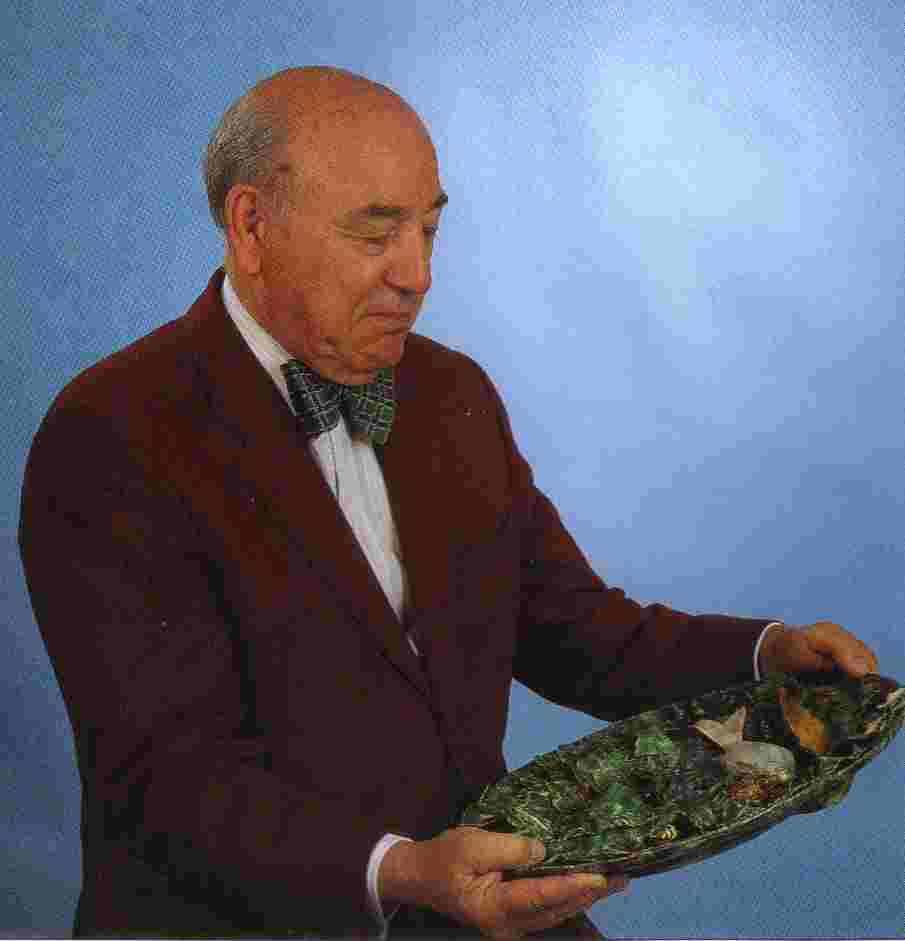

Robert LEHR, expert in european
ceramics of the XIXth century, has written extensively on French followers
of Bernard Palissy and on many other subjects."
| This expertise have been held on Wednsday, April 23th 2000, with Marilyn and Joan. |  |
| NUOVA CUCINA (Milano) | SIMFONIA PER ASPARAGI (Asparagus Majolica cradles) |
| TROUVAILLES (Paris) | L'ASPERGE ET L'ART |
| A.B.C. (Paris) | BARBOTINES DES MASSIER A VALLAURIS |
| TUTTO CUCINA (Roma) | LA GRANDE ILUSIONE (Majolica asparagus sets) |
| ANTIQUARIATO (Milano) | MAIOLICHE MASSIER - La natura in casa |
| L'OBJET D'ART (Paris) | L'ART NOUVEAU A VALLAURIS |
| L'OBJET D'ART (Paris) | LES EMULES DE PALISSY |
| L'OBJET D'ART (Paris) | MINTON's MAJOLICA |
| CONNAISSANCE DES ARTS (Paris) | L'ESPRIT DE PALISSY EN TOURAINE |
| FRANCE ANTIQUITES (Usson) | LES SUIVEURS DE BERNARD PALISSY |
| ABRAMS (New York) | MAJOLICA by Marilyn G. Karmason et Joan B. Stacke - Chapitre 10 : Continental Poteries |
| ATHLONE PRESS (London) | PALISSY WARE with Marshall P. KATZ - The Bible ! |
French majolica of the second half of the nineteenth century is known as barbotine. Barbotine is the French word for slip, a mixture of water and clay, used for raised decorative details, usually floral. The basic manufacture of majolica was the same on both sides of the English Channel. The colored glazes - ranging from the cobalt blue of Palissy seascapes to the sandy beiges of Emile Gallé to the hot pinks and oranges of Delphin, Clément, and Jérôme Massier - alert the collector to paletes different from those of English and American majolica.
Especially for linguistical reasons, and certainly for economics purposes, the ceramists of Stoke on Trent: Minton, Wedgwood, Georges Jones, etc., had exported quite exclusively to the United States. They did not had too much success in continental Europe, where the market was dominated by the french production of "barbotines" french word for Majolica.
This explains the rarity of British Majolica in the european collections, and symetrically the small number of continental majolica in the US collections.
I wish to precise that from the
artistic point of view, the 19th century was postponed for about 15 years.
It starts in 1815, after the fall of Napoleon, and the explosion of creativity
that follows, and it will only end in 1914, with the beginning of the World
War One. After that, nothing will be as before.
 |
"FENOUIL", our gallery, is located
on the "Côte d'Azur", midway between Cannes and Nice, at the bottom
of the ravishing village of Biot. It is specialised in european ceramics
of 19th century, in Majolica, in works by the French followers of Bernard
Palissy.
The postal adress is : "FENOUIL"
(Robert Lehr) 1369, Route d'Antibes, 06410 BIOT / FRANCE
|
We divided in five categories the works available today in FENOUIL : 1) The Massier family, 2) Palissy's followers 3) English Majolica 4) Trompe l'oeil 5) Miscellaneous. The pictures we present on the site can sometimes be of an average quality, and make difficult a full appreciation. If you so wish, we shall send you real photos of the work, together with is price.
This Web site shall be, of course,
in constant evolution, with the addition, the 1st of every month, of pictures
of our recent discoveries, and withdrawal of the pieces gone to private
collections and museums.
|
|
English Majolica